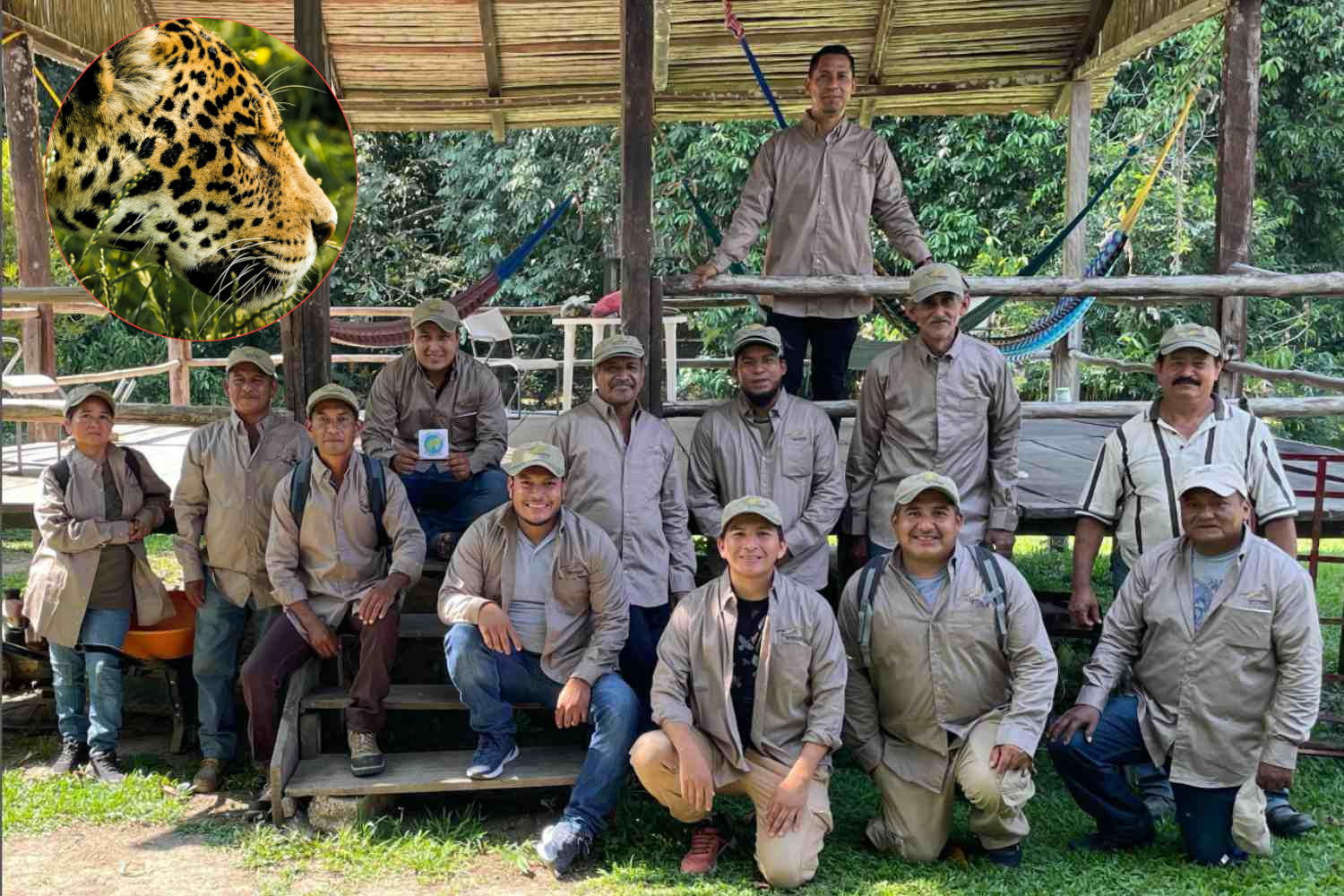In Mexico’s Selva Lacandona, ranchers once at war with jaguars are now their protectors. The Jaguardianes project shows coexistence is not utopia, but survival.

@jaguardianes/Instagram @Pixabay/Pexels
In the lush Selva Lacandona of southern Mexico, a quiet revolution has been unfolding. For centuries, the jaguar—the largest cat in the Americas—was seen as a threat, a shadow lurking in the forest that had to be eliminated to protect livestock. Today, that same predator has become a symbol of balance and local pride, thanks to a bold initiative known as Jaguardianes.
At least 25 small-scale ranchers, who once shot jaguars on sight, have chosen a different path: protecting them. The turning point was a change in perspective. The jaguar is not merely a predator but a natural regulator. By keeping coyote, peccary, and coati populations in check, it indirectly protects herds and crops that would otherwise be overrun.
With support from biologists and environmental organizations, the Jaguardianes have installed hundreds of camera traps across the forest. In just over a decade, these devices have collected more than 100,000 recordings, revealing something unexpected: jaguars don’t confine themselves to reserves. They also roam community lands, hunting and breeding in spaces once thought unsuitable. It’s a powerful sign that coexistence is not just possible—it’s already happening.
Strategies to reduce conflict
One of the most decisive innovations came not in the jungle but in policy. An insurance scheme was introduced to compensate ranchers who lose animals to predation. The effect was striking: the desire for revenge gave way to dialogue, and the jaguar’s death sentence was lifted. Alongside this, sustainable ecotourism projects and alternative sources of income have begun to flourish, offering financial relief while easing pressure on the forest.
The project doesn’t stop with adults. Children, too, are learning to handle camera traps and to value the ecosystems they call home. Some jaguars have even become household names. One female, nicknamed Manchas, has grown into a living emblem of the Selva Lacandona’s renewal—a reminder that conservation stories are never abstract, but deeply personal.
The challenge of the expanding frontier
Yet, the jaguar’s struggle is far from over. The relentless advance of agriculture and cattle ranching continues to shrink its habitat. Still, the data offers hope. In Mexico, the jaguar population has risen by about 10% in recent years, a fragile but undeniable sign of recovery.
For the Jaguardianes, the lesson is clear: turning fear into protection is not utopia—it’s survival. Their experiment in coexistence now stands as a model that could inspire communities across Latin America, where the jaguar’s roar still echoes but its future hangs in the balance.
Source: jaguardianes/Instagram
